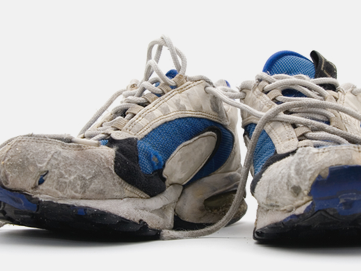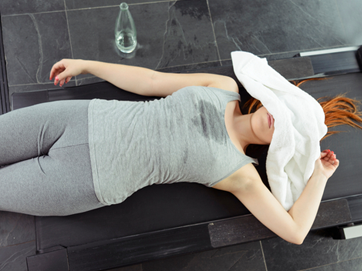Finding a trainer that works for you can be a difficult process. Do you need an ‘anti-pronator’, a super-soft cushioned shoe for your high arches or should you go for the barefoot or minimalist shoe?
From a physiological perspective, lighter shoes reduce the mass that you have to carry as you run around , and this improves energy expenditure and running economy. However, very few people will have the necessary conditioning to run a marathon in racing flats without it having detrimental effects on muscles and joints in the foot, lower legs and knees.
In my experience there often isn’t a simple answer to the ‘what is the right shoe? question. When it comes to running injuries, there are now a number of studies that have shown that shoes should not be fitted to the foot type which was for a longtime the traditional & thankfully now less common, ‘shoe shop’ model of shoe prescription. This would lead to trainers being fitted to the foot type (not the rest of the runner!). The idea that a ‘flat-footed person’ must need a high-arch, supportive shoe to support & lift their arch doesn’t cut it anymore. It is an overly simplistic, illogical fallacy, which fails to account for a whole host of other variables that will influence ‘the right shoe’ for them – such as running style, distance, years of training and adaptation to a particular type of shoe.
The best advice on shoe selection is to find something that feels comfortable and is happy with the terrain that you are running on. If you run on different surfaces, try to have trainers that are suited to them. Having a couple of different pairs of trainers to switch between will subtly change the stress that you apply to muscles and joints. Studies have shown that this can help reduce the incidence of injury.
Get 2017 off to a healthy and speedy start, and get your aches and pains ironed out. I’d be glad to help you – so why not get in touch? Email me at Scott@londonrunningphysio.com
Connect with me for further running and injury tips and tricks, by clicking here.



